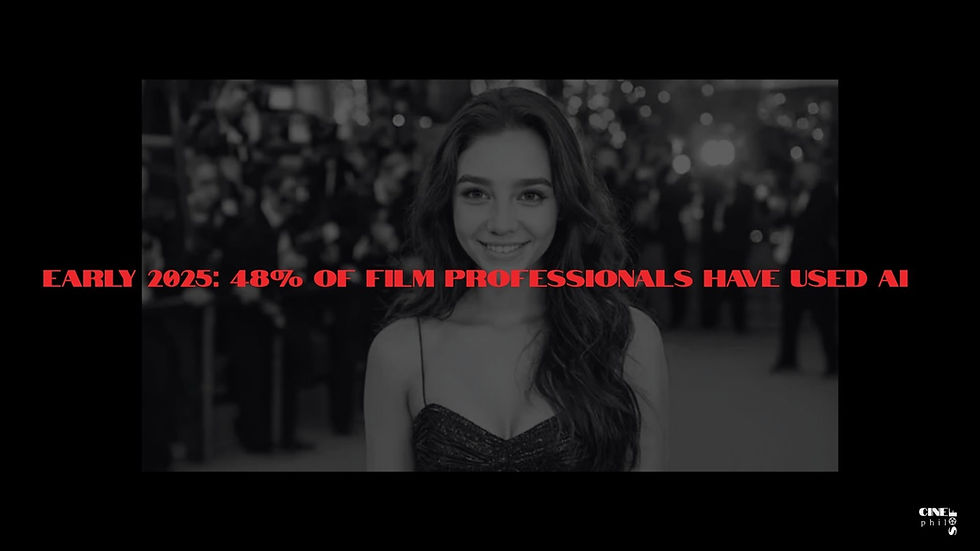From Miniskirts to #IamNotADistraction: Mary Quant's Children of Revolution
- Sofia R. Willcox

- Jun 17, 2024
- 3 min read
Once upon a scroll session, I came across a tweet about girls being sent home from a school in Monmouthshire due to the length of their skirts. The replies featured an interesting generational exchange, with stories from previous decades highlighting the same conflicts over school uniforms. This reminded me of a personal story regarding the same issue. Let’s delve into these layers from the beginning.
Mary Quant’s Influence
The name behind the rebellion is Mary Quant, a prominent figure in London’s Swinging Sixties culture and the designer credited with popularizing the miniskirt. It represented the desire for freedom, self-expression, and a break from societal constraints, linking back to the principles of the second wave of feminism. The broader societal impacts included a shift in fashion norms, greater acceptance of women's autonomy over their bodies, and the rise of a more youth-centric culture. The miniskirt also played a role in the feminist movement, challenging the idea that women's bodies should be hidden and controlled.
Back then, the strict dress code for traditional female school uniforms dictated knee-length skirts that shrouded the feminine form. This control, along with dress codes that sexualize and police girls' clothing, contributes to a culture that objectifies and controls women's bodies. However, the countercultural and non-conformist nature of the 1960s generation sparked a revolution that left a lasting impact on British schools, influencing every subsequent age group.

School Uniforms: Glamorization and Fetishization
Statistics reveal how school uniforms can perpetuate gender violence due to their fetishization and sexualization. The media and pornography reinforce these values, contributing to a culture where strict uniform policies often overshadow the fundamental right to learn and broaden horizons.
In a generation, where screens pay a role, worthwhile to mention how movies and TV series, as well as video games and online communities, often feature characters wearing uniforms are sometimes fetishized, further contributing to the objectification of female students and reinforcing harmful stereotypes, contributing to the collective imagination unconsciously.
These portrayals of school uniforms also intersect with broader discussions about consent and autonomy, particularly concerning how students' attire is perceived and judged. By glamorizing or sensationalizing uniforms, media inadvertently contributes to the normalization of strict dress codes and the reinforcement of gender norms.

The #IamNotaDistraction campaign gained traction on social media, where students shared their experiences of being unfairly targeted by dress codes. Another significant movement is the push for gender-neutral dress codes, allowing students to wear clothing that aligns with their gender identity and expression. This ongoing debate underscores the need for a more equitable and inclusive approach to school dress codes.
Brazilian Uniform Double Standards
This debate took me back to another recent scroll, where I witnessed pupils from my old school in Brazil wearing physical education shorts as part of their uniform. It made me smile and remember how my generation was a failed pioneer in addressing the double standards regarding physical education uniforms.
In Brazil, school uniforms are generally more casual, consisting of jeans and school’s t-shirt, as well as physical education attire.
In my school, they were quite strict about the colours and lengths. Boys could wear their physical education shorts outside of class, while girls could not, as according to the superiors, “it was too distracting.” The girls’ shorts were tighter, while the boys’ were larger. Our form of rebellion was to wear physical education shorts outside of class as a protest, as well as wearing red lipstick to challenge the status quo.
Future
Reflecting on these experiences, it becomes clear that the conversation around school uniforms is about more than just clothing. It touches on deeper issues of gender equality and body autonomy. In an era of deconstruction, perhaps we are witnessing a 1960s revival, pushing us to reconsider and challenge outdated norms. While they paved our way, we are paving the horizons for the future. Schools must adopt dress codes that respect students' rights and individuality. After all, isn’t that what adolescence is for? It is a time for discovery and communicating with the world using the tools schools provide us. It is not what we wear, but how we dare to declare our right to be fair.





Comments